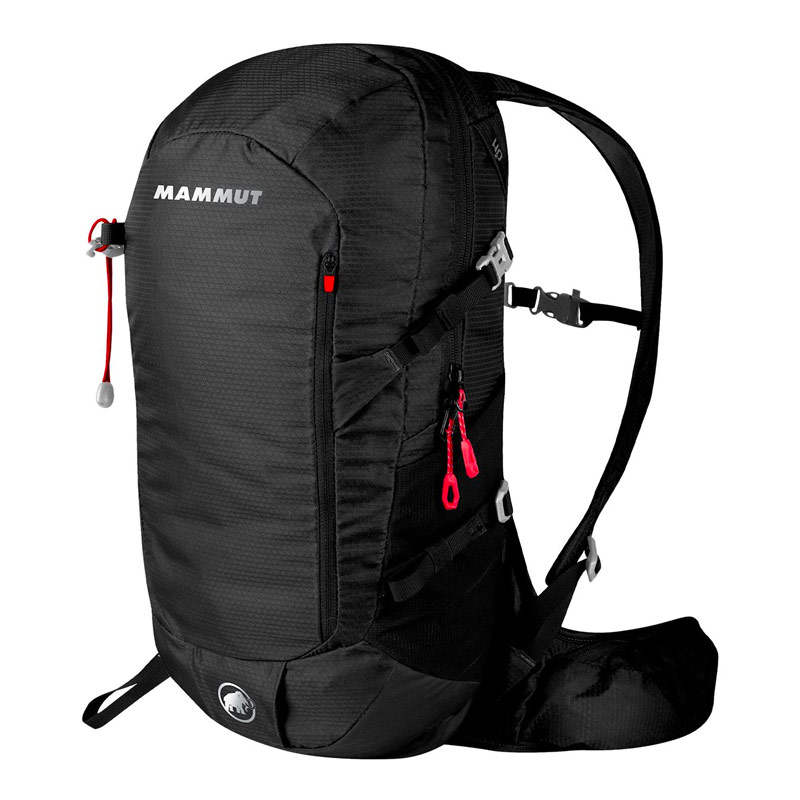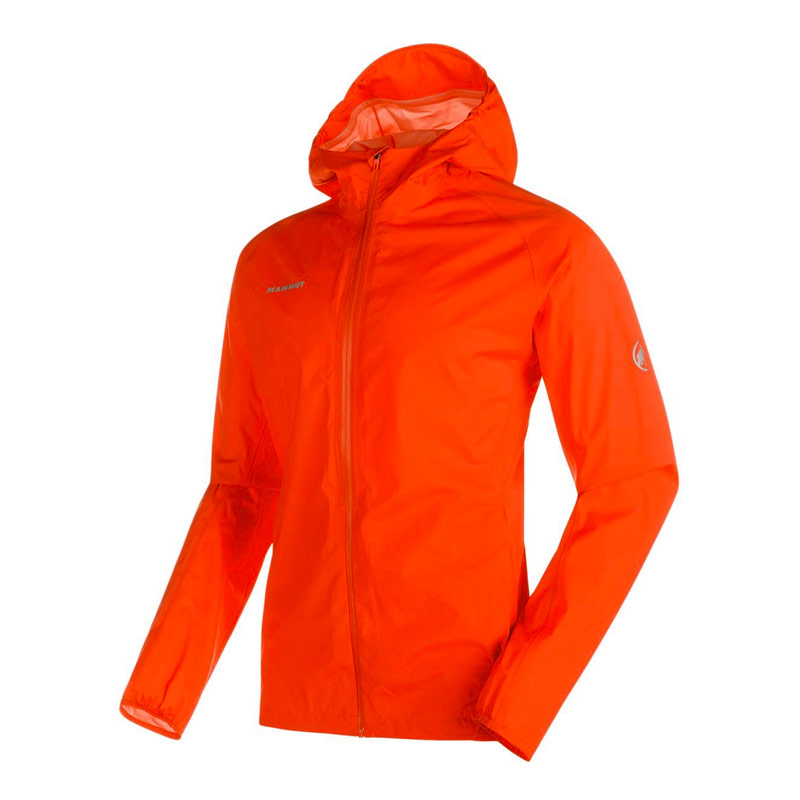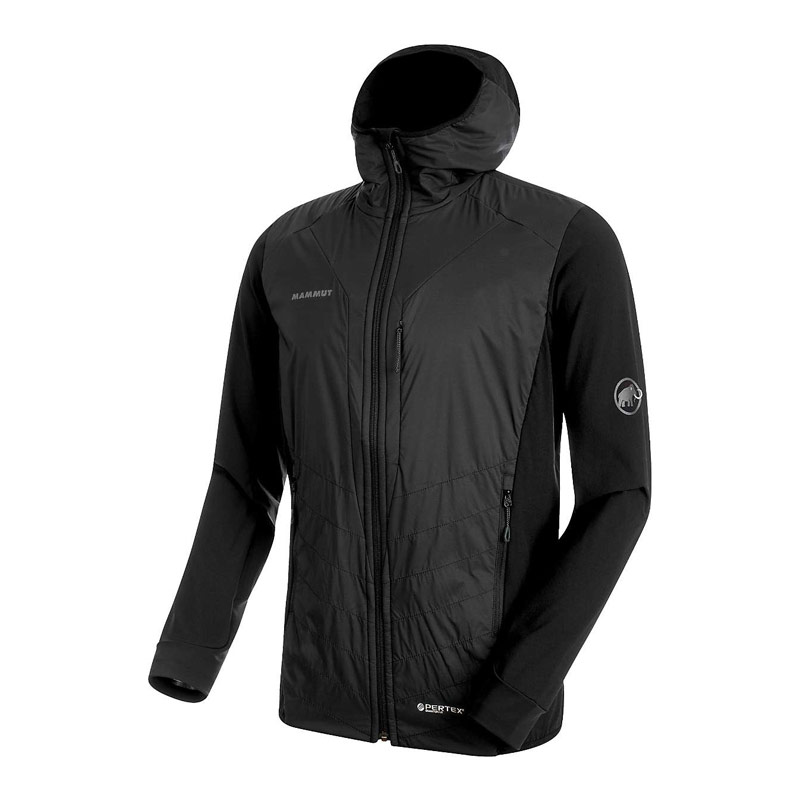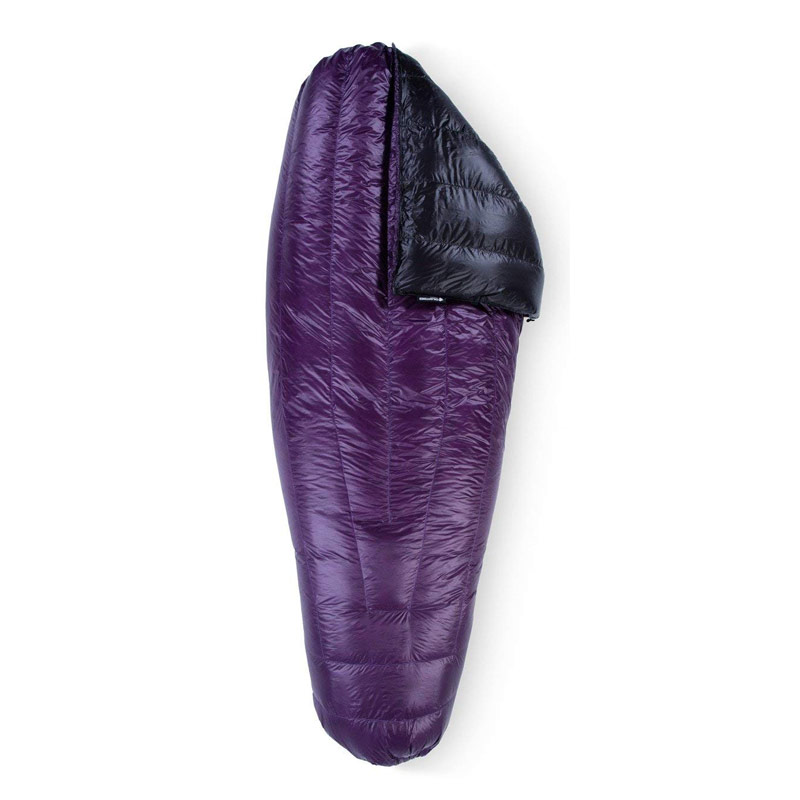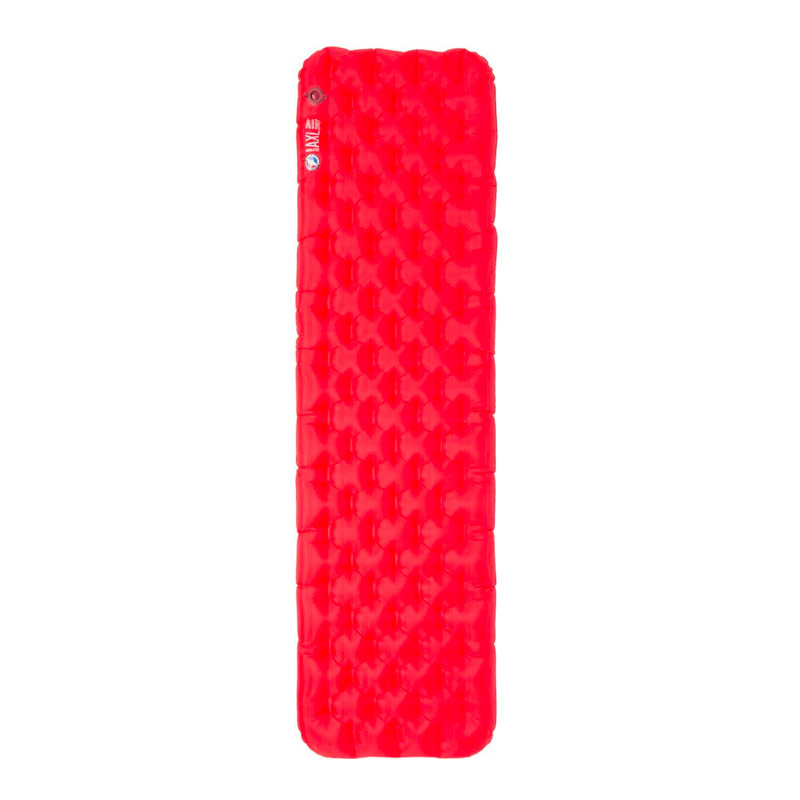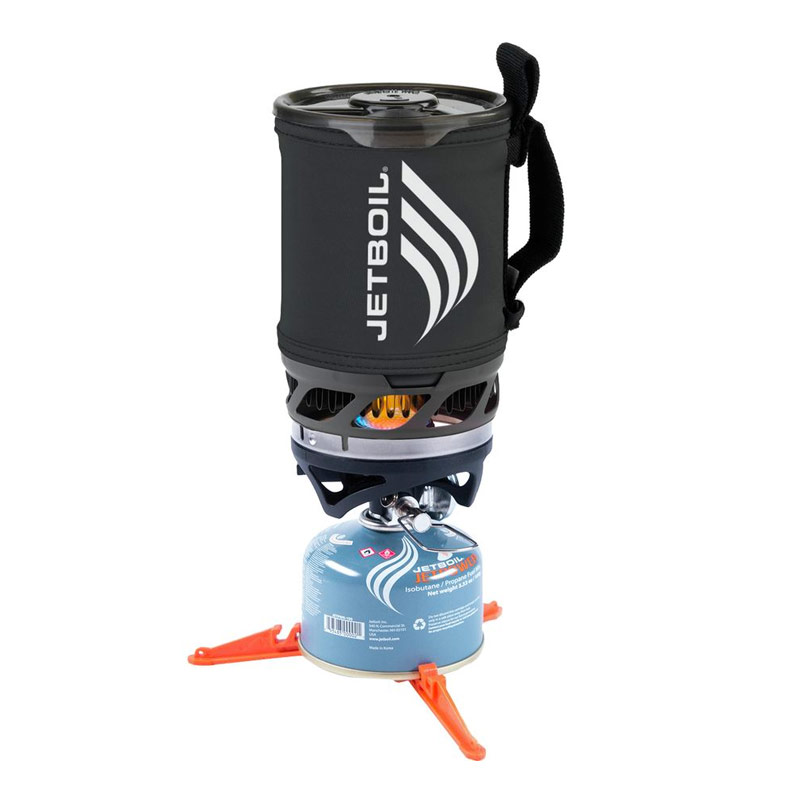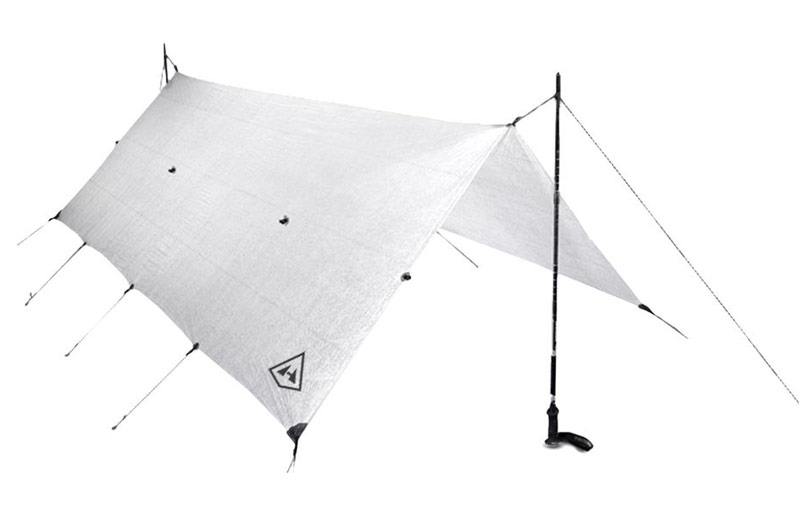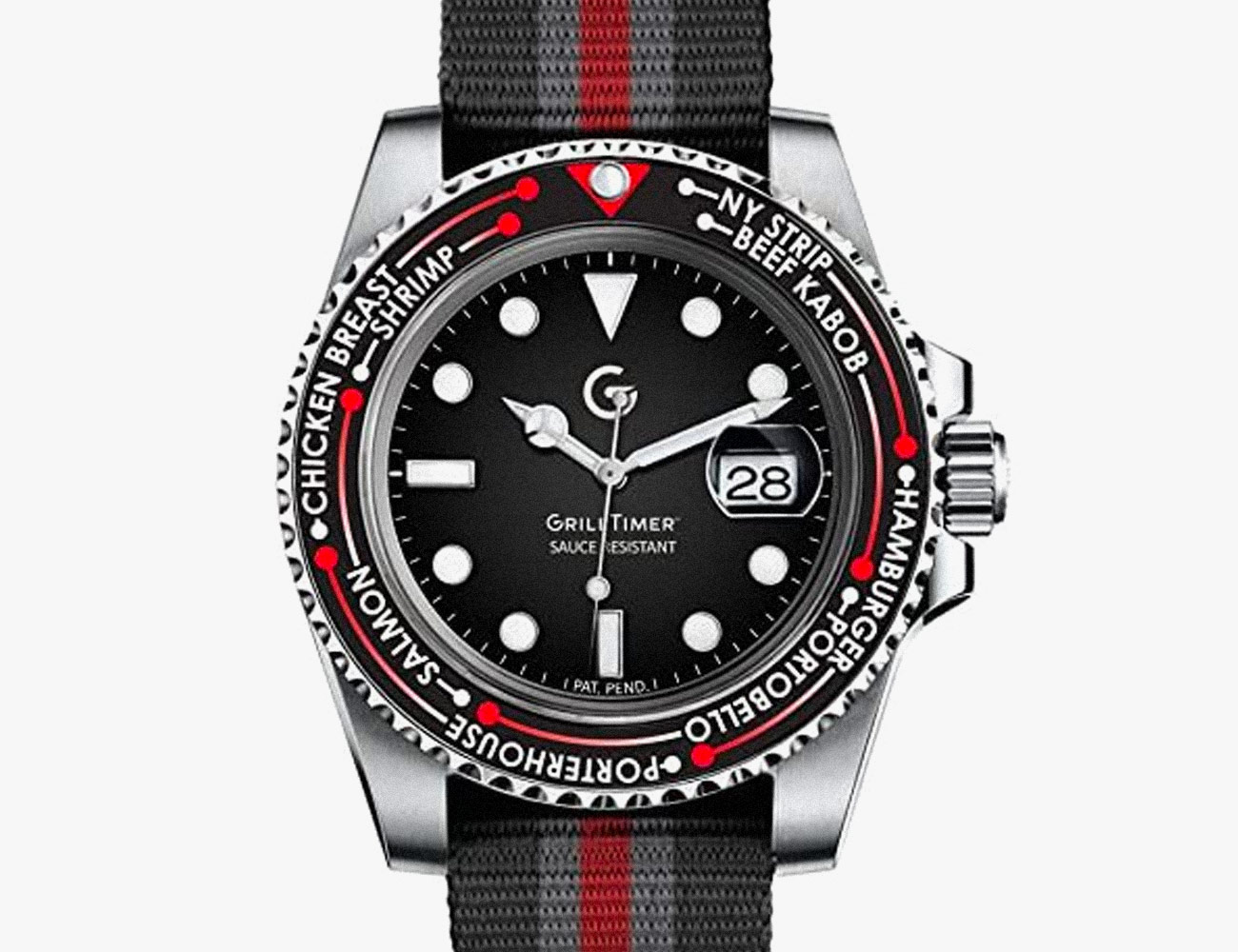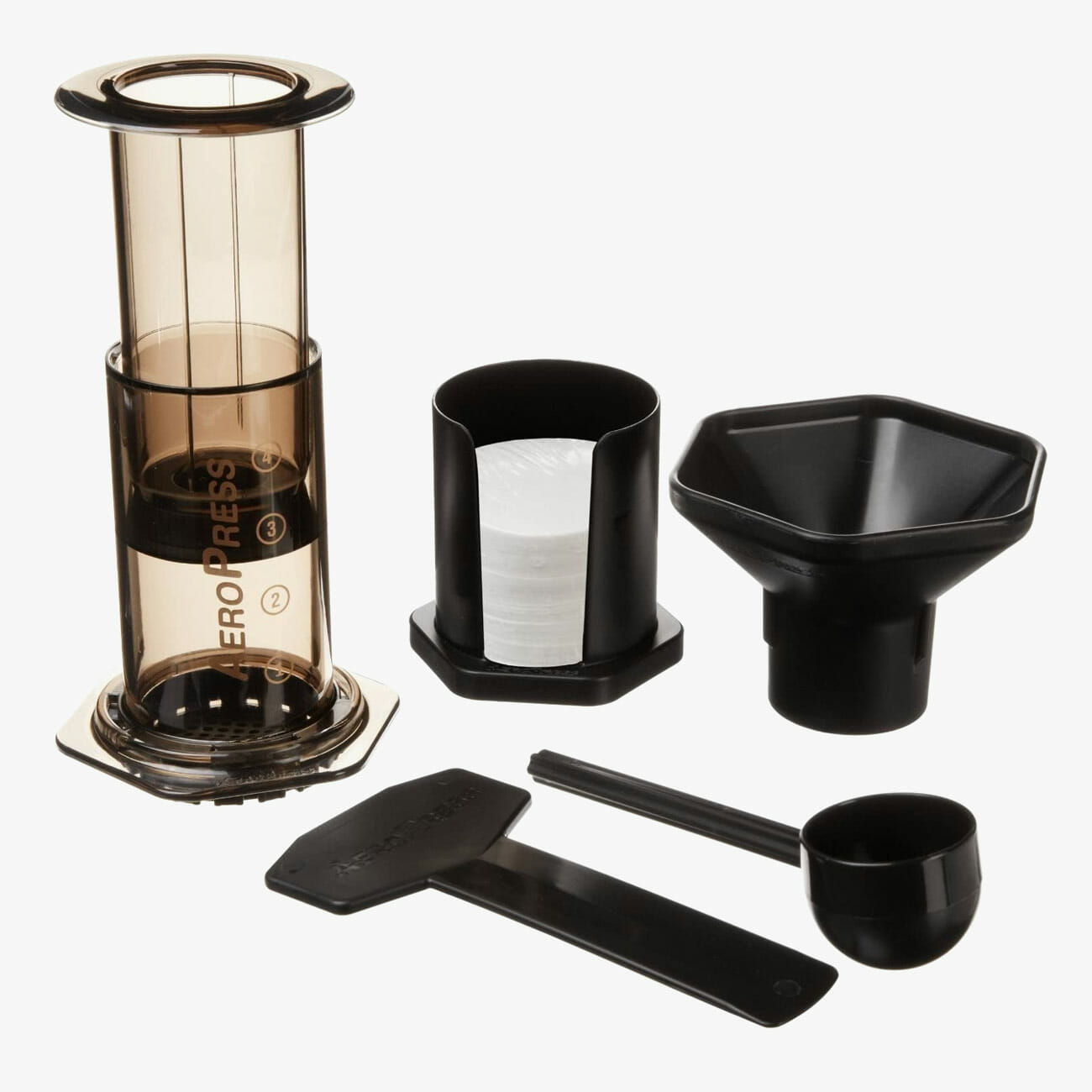We’re all obsessed with speed. Fast cars, fast trains, fast bikes. Even when a machine doesn’t amplify it, speed is still thrilling; it’s why we idolize Usain Bolt and why Subway hired Michael Phelps to sling sandwiches on its behalf. Those two men are unique in that they’re also the fastest in their respective sports, which is an essential distinction in the world of speed.
To be the best at anything is a remarkable claim to furnish yourself with, and one that was typically reserved for professional athletes in more mainstream sports. This is changing somewhat, thanks to apps like Strava that blend fitness and social media into a format complete with video game-like leaderboards. Acronyms like KOM (King of the Mountain, which refers to the person with the best time on a segment in Strava) and FKT (Fastest Known Time, which is a self-set record typically timed and proven with a GPS) are broadening their use beyond insider jargon.
Traditional endurance activities like running and cycling cater to this style of record-oriented fitness, but it’s leached into the outdoors too. It’s now common for ultrarunners and ultralight hikers to complete routes that could take days in unbelievably small amounts of time. Last fall François D’Haene completed California’s John Muir Trail in two days, 19 hours, and 26 minutes, and in doing so, set a new record. The trail is 210 miles long, and many hikers typically give themselves three weeks to complete it.
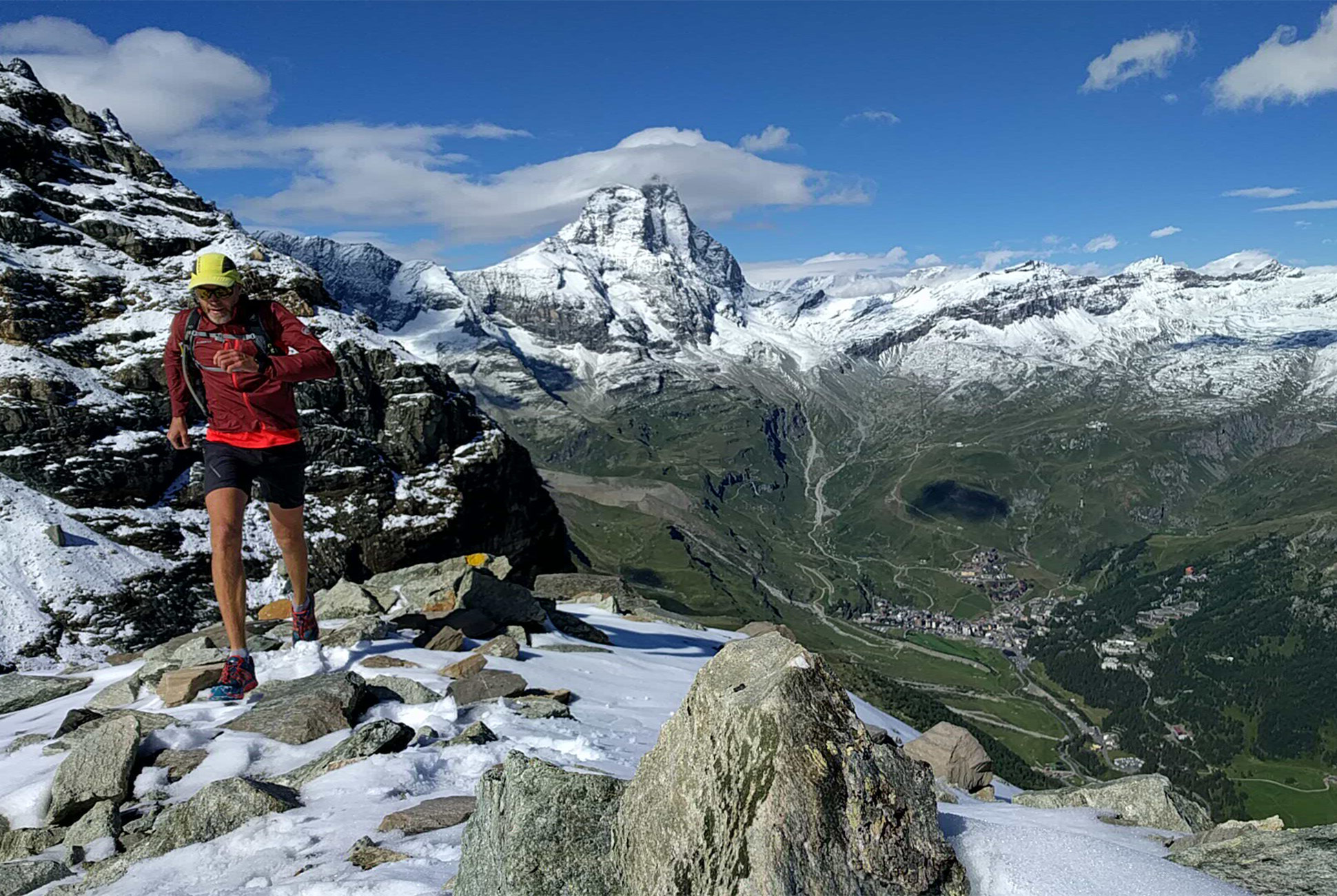
Making speed runs of trails doesn’t always have to involve setting an FKT though, and you don’t have to be a professional athlete to attempt to halve or quarter the time it takes to travel over a familiar distance. There’s a name for this too: it’s called fastpacking. Fastpacking, in the most general sense, is figuring out how to carry less stuff so that you can move faster through the wilderness.
To better understand what exactly fastpacking is, we spoke with Andy Anderson. In addition to being an athlete for Mammut, Anderson is a guide, climbing ranger and avalanche forecaster. “I grew up hiking, camping, backpacking, fishing, climbing and running in Tennessee,” he says. “As life has progressed, I’ve gotten more and more into combining those endeavors. I’ve also gotten to be much less of a fan of carrying heavy packs.”
In 2012, Anderson climbed Wyoming’s Grand Teton in two hours, 53 minutes and two seconds; most climbers allot two days for a summit. Anderson also does things like hike from Italy to Switzerland and back the next day; for his bachelor party, he wrangled his friends into doing New Hampshire’s seven-summit Presidential Traverse in a single day.
What Is Fastpacking?
“For me, fastpacking is moving faster through whatever kind of terrain you want to go through — desert, mountains, city trails, whatever that may be — with less stuff. You’re able to cover more distance and do more things but still be comfortable. Moving faster can be harder, but if you’re moving faster because you have less weight that means less impact on your joints.
The one trick to it is you have to have the right experience to know what you can get away with not taking. Most people would say fastpacking involves spending the night out, where trips of less than a day become ‘fast-and-light pursuits.’ Maybe that’s splitting hairs, but they both get lumped into the same category for me.”
Challenges
“The biggest challenge is that people think of these things as a set trip. Take the Presidential Traverse in the White Mountains — that’s a four-day trip, and it’s always been a four-day trip, so you have to do it in four days. With that mindset, then it takes you four days. But if you shift your mind, actually that’s a two-day trip; stay at one of the huts in the middle and take light packs and plan right for the weather. Or you do it as a day trip — that was actually my bachelor party.”
What Gear Do You Need?
“With the improvements in gear in the last decade, you can make some classic trips take a lot less time and take a lot less of a toll on your body.
You need a good pack, and that doesn’t mean your 70-liter, all the bells and whistles, internal-frame pack that’s super comfortable to carry 80 pounds in. It means something light and comfortable. For day trips or hut-supported overnight trips, you can get away with 15-liter packs. If you have to carry a sleeping bag or shelter, that becomes a 20- or 30-liter pack. Look for packs that are less than a kilogram, (one to one-and-a-half pound packs).”
Anderson’s Pick: Lithium Speed 20-Liter Pack by Mammut $100
“The right clothing is super important; things like a light set of rain gear. And then a light insulation layer as well, usually something with Polartec Alpha or something like that.”
Anderson’s Pick: Rainspeed Hardshell Jacket by Mammut $139
Anderson’s Pick: Foraker Insulated Light Jacket by Mammut $200
“And then some sort of super-light sleeping bag. For that, it depends on where you’re going. I’m a big fan of using quilts. You don’t get much insulation out of the bottom of your sleeping bag, and you get it from your pad anyway. I’m not a fan of just sleeping on the ground. Getting a good night sleep makes me able to do this stuff.”
Anderson’s Pick: Revelation Quilt by Enlightened Equipment $290+
Anderson’s Pick: Insulated AXL Air Sleeping Pad by Big Agnes $160+
“If you’re doing food and you need a stove, bring an integrated cooking system. Jetboil makes good ones.”
Anderson’s Pick: MicroMo Stove by Jetboil $130
“Then you need something to shelter under. I’m a big fan of tarps. A lot of companies make tarps with bug inserts; they’re light and strong and very configurable. With a tent you have poles, and it’s always going to be heavier than a tarp. And the lightest shelter of all is the credit card and huts.”
Anderson’s Pick: Flat Tarp by Hyperlite Mountain Gear $355
Advice on How to Start
“The hardest thing to get right is the planning and self-evaluation. I remember a relatively long and involved route on Mount Rainier that I did with a climbing partner called Ptarmigan Ridge. We decided to go fast and light, to not take a stove, to not take a tent, to just take sleeping bags and climbing gear. We didn’t take pads either. It worked, but it was remarkably uncomfortable, and we were really thirsty by the time we got back down because we were relying on warm weather to create dripping snow on a 14,000-foot high glacier. We made it work, but it was more type-two fun. And it was planning on our part — we could have thrown a stove, and sleeping pads in and we would’ve been a lot more comfortable and the trip would’ve been a lot more fun and probably would’ve taken us an extra hour or two.
The thing I learned from that is to think about what’s important to you. Some people sleep great on rocks, and some people don’t. What’s important to you that you’re not willing to compromise on? Plan appropriately around that.
My biggest advice would be to start small and work your way up. Plan on the route that’s appropriate for you and your fitness, as well as your partner’s fitness.”
Resources
“There are tons of internet forums and there’s definitely a culture around it. Do a little searching on the internet and you’ll find lots of opinions and lots of ideas for gear and routes.”
Here are some of the resources that Anderson recommends:
• Backpacking Light
• Fastest Known Time
• Rocky Mountain Ultra

